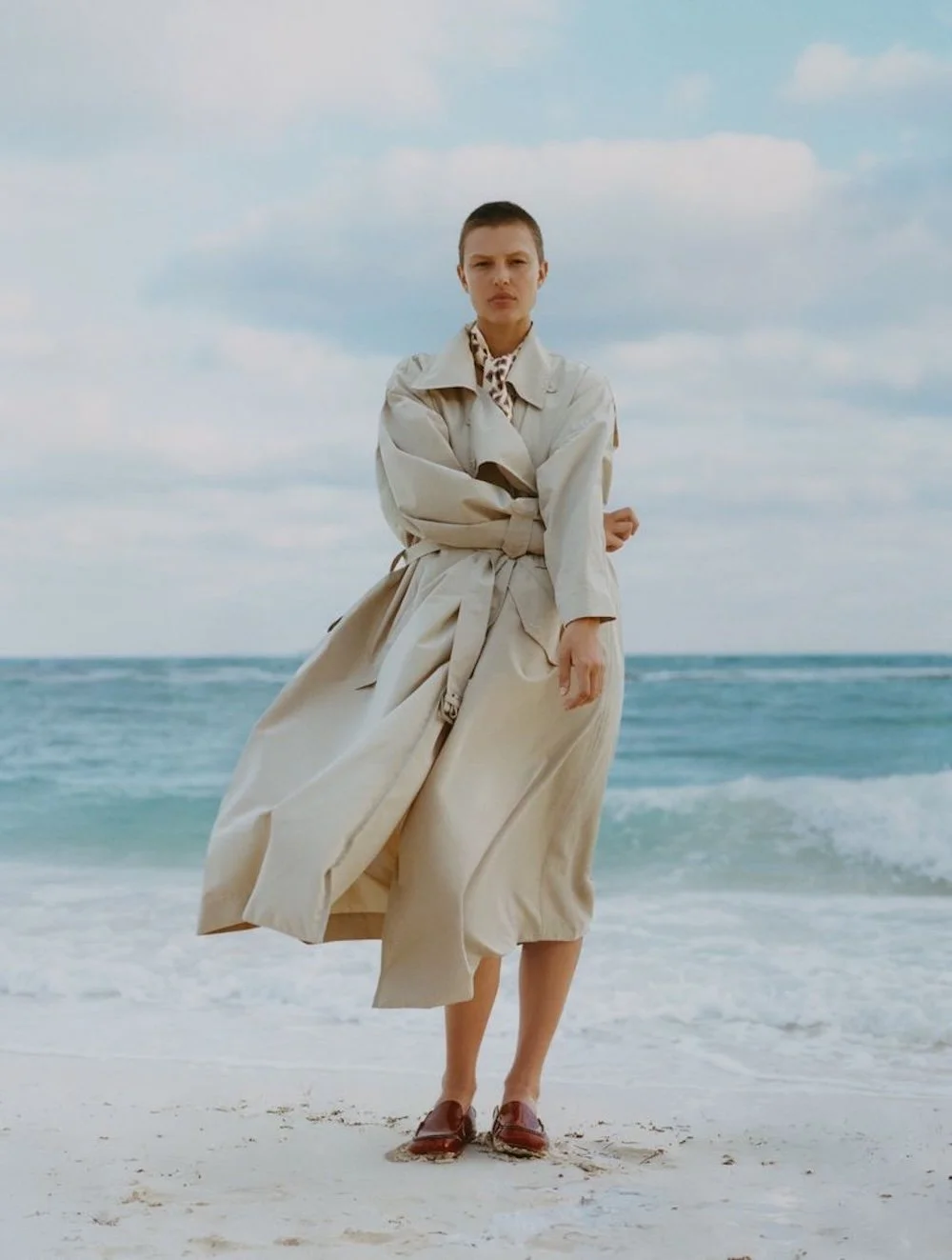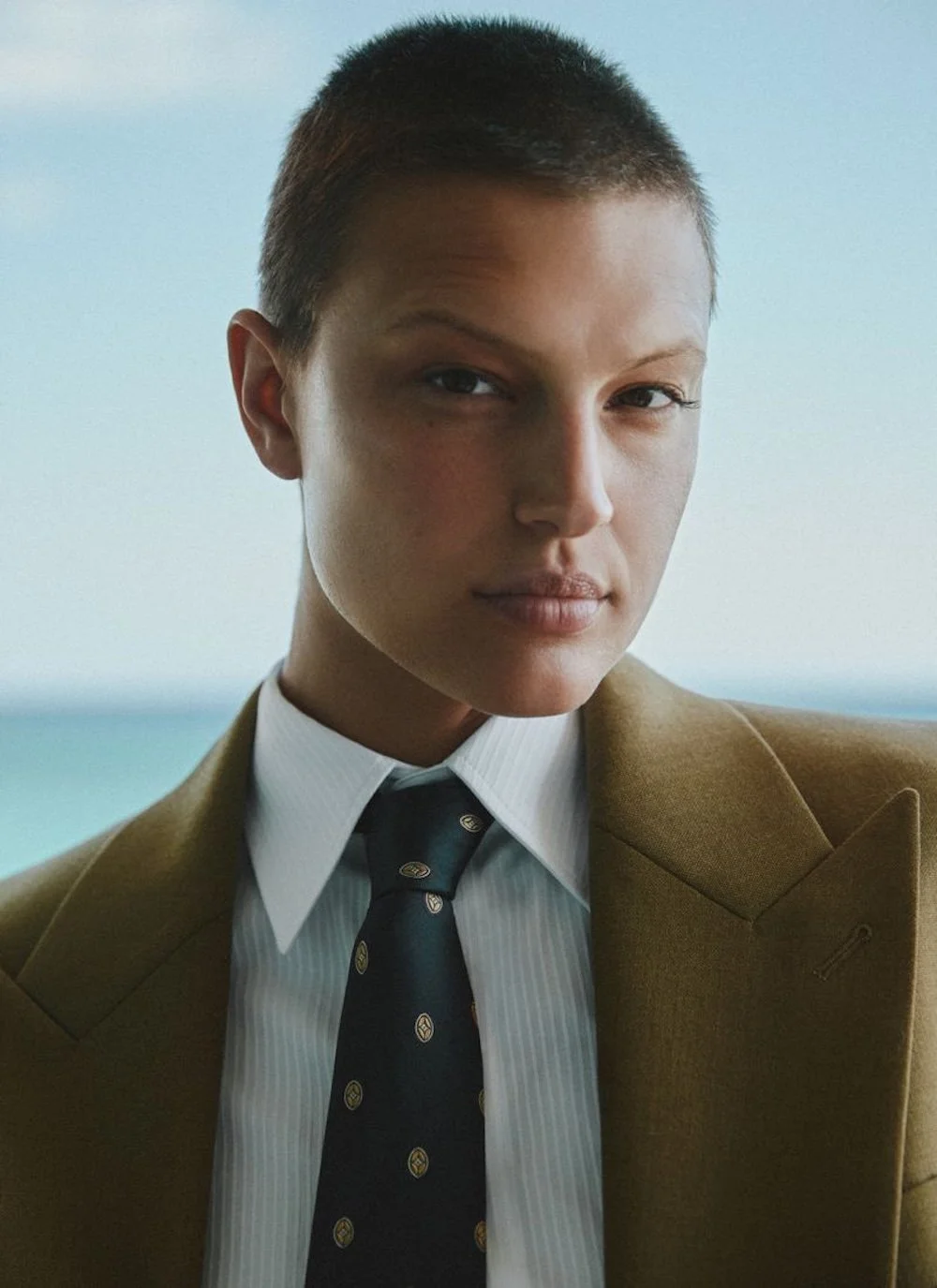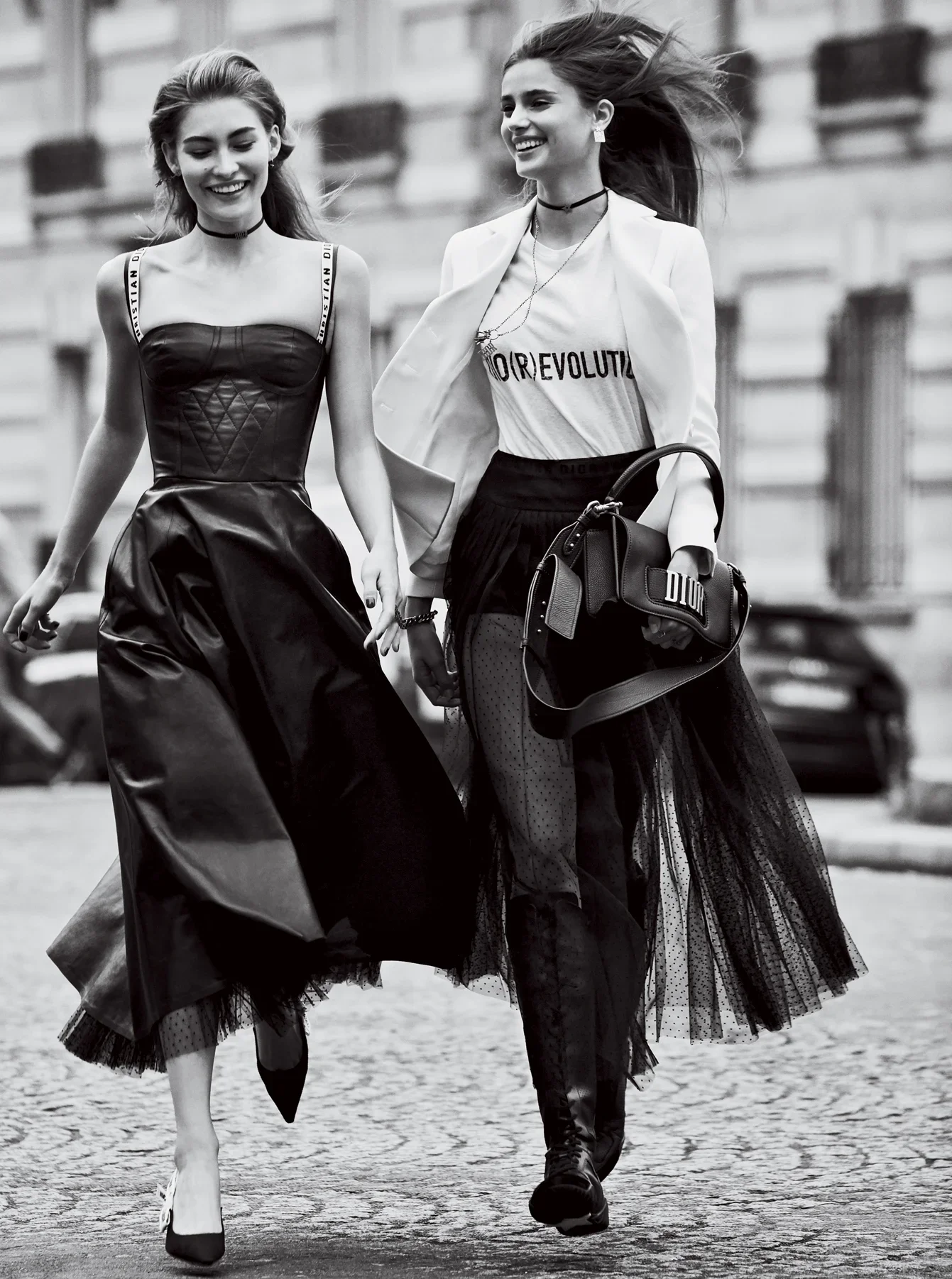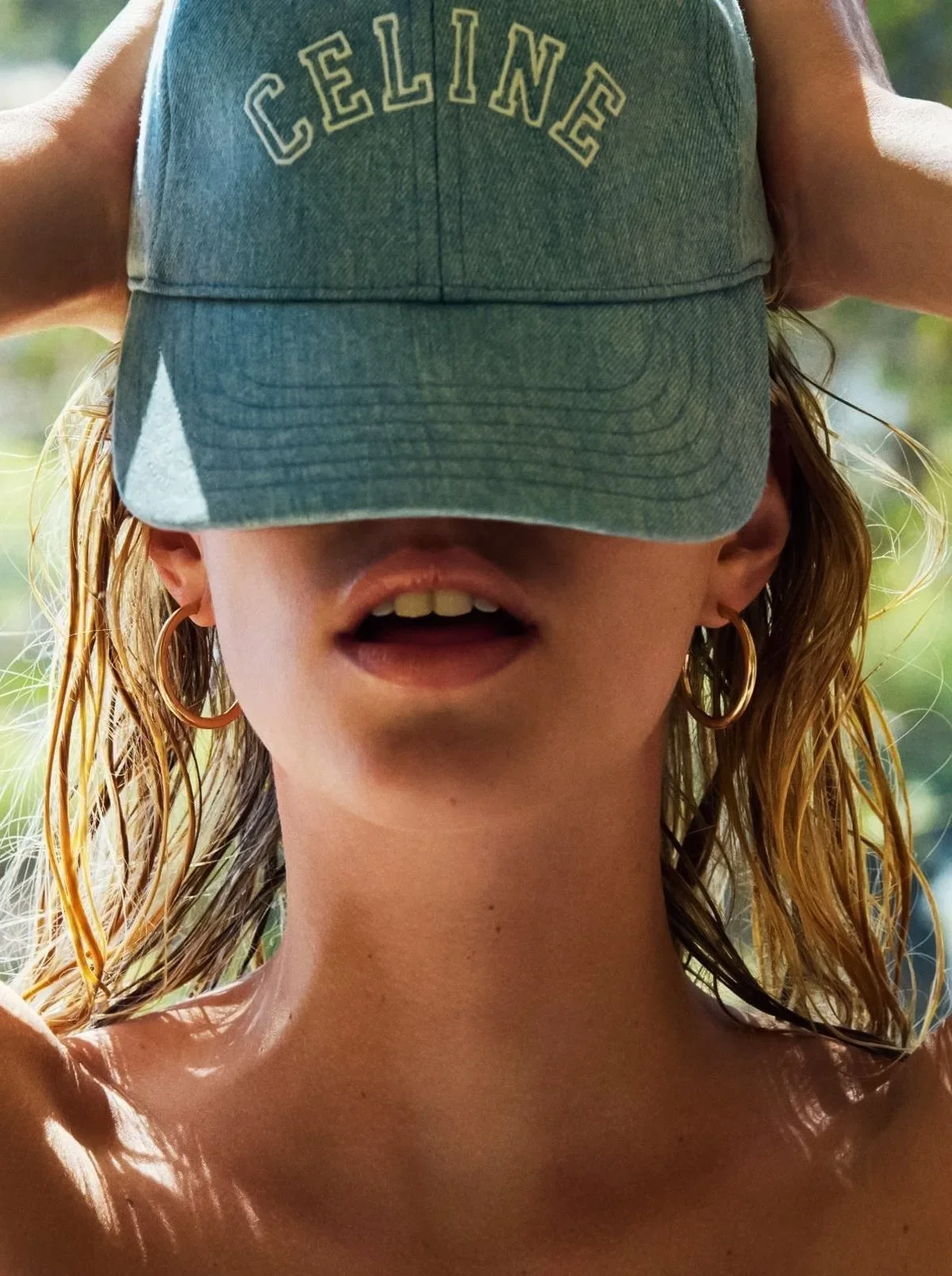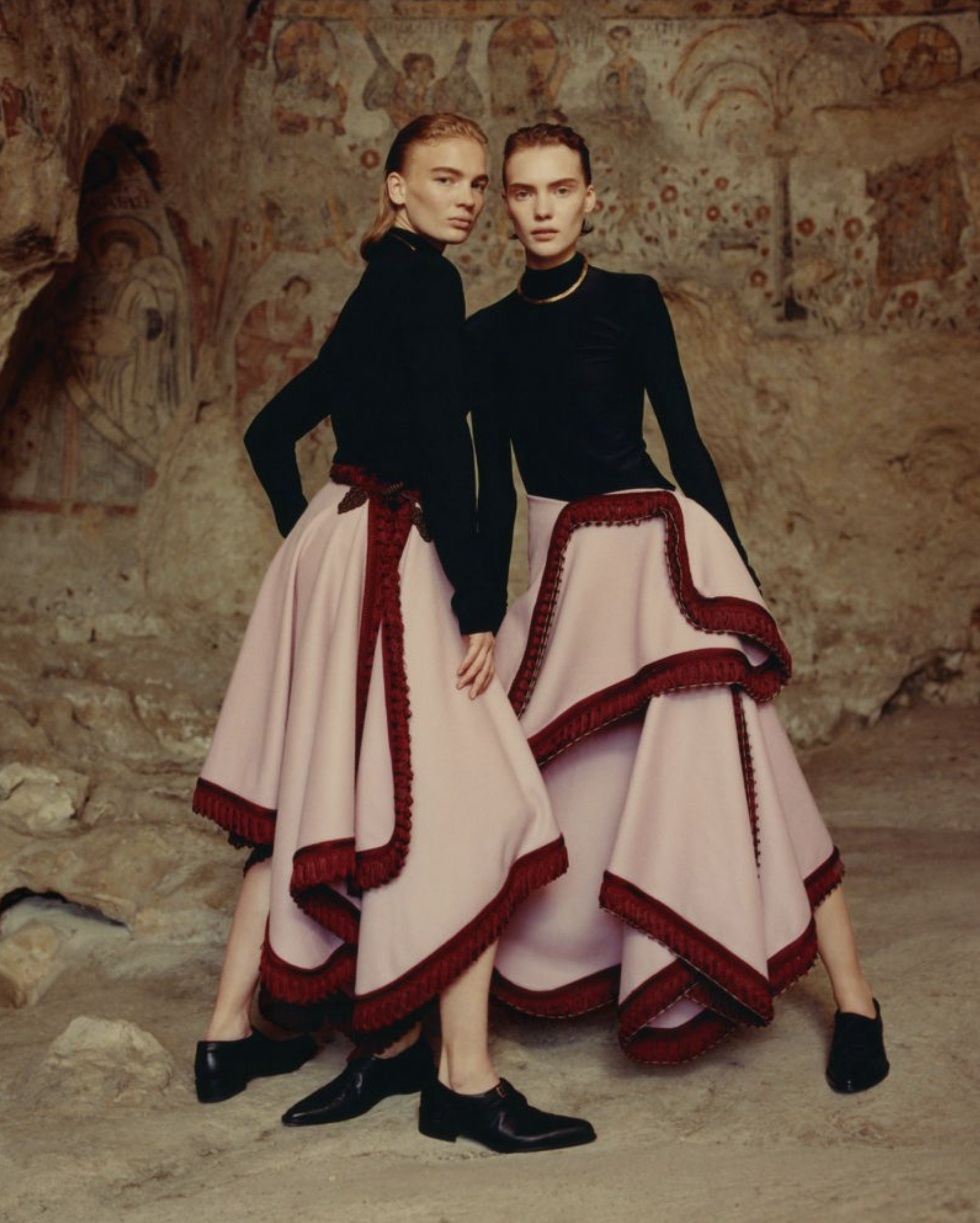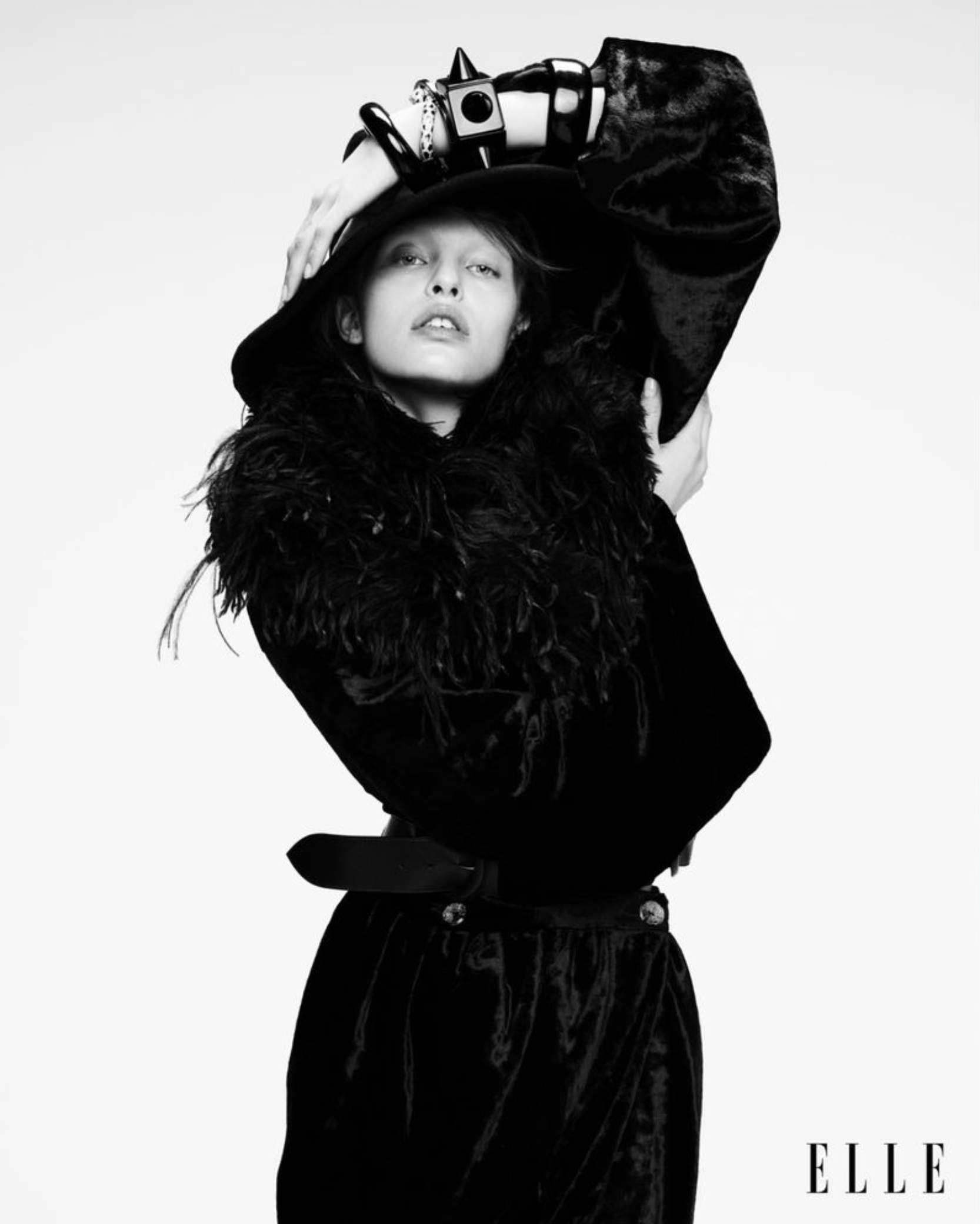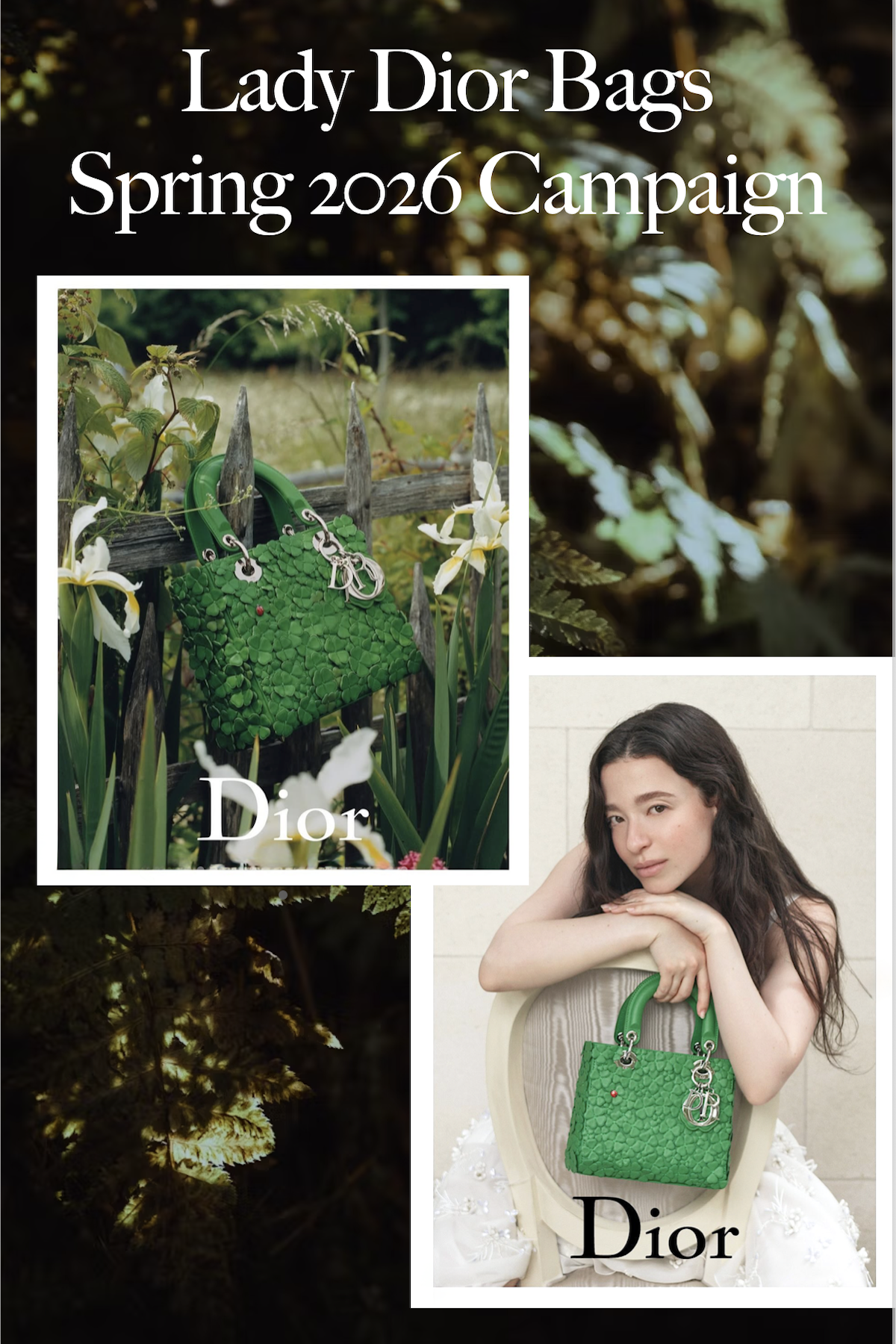Celina Ralph for Sunday Times Style UK Suggests Regression on Larger Size Models
/“I’d been contemplating cutting my hair for ages before I actually went through with it,” says model Celina Ralph in her brief March 2, 2025 interview with the Sunday Times Style London.
“I think there’s always been a rebellious streak within me. From a young age, I was questioning authority. Then, as my modeling career progressed, I found myself questioning the idea of the male gaze. I guess I had the sense that how I was being presented never felt like the true version of me. There was definitely an element of ‘f*** the system’ in my decision-making process.”
The buzz-cut model Ralph does business class, styled by Verity Parker in masculine suiting, crisp shirts and a tie for images by Ina Levy [IG].
Celina Ralph’s Body Type v Size 0 in Luxury Fashion
Much larger models previously called anyone who raised concerns about well-documented, long-term health outcomes of obesity ‘fatphobic’. Today, these same models are shrinking before our very eyes, thanks to the new highly-effective weight-loss drugs.
It could be that fashion comes to rest around Celina Ralph’s body type as much more aspirational than in the past. And Ralph is in good company with the above-mentioned, shrinking-bodies, industry players coming down closer to her size. She cites her concerns generally on this topic:
“We have to be careful of tokenism,” she says. “Of course we celebrate when designers and brands celebrate women of different sizes, but there has to be longevity, and we definitely haven’t got there yet. What we need in this industry is variation — we need all different versions of beauty.” She’s right to worry. Body diversity where the designer catwalks are concerned is not in great shape. During the spring/summer 2025 round of shows last September, 4 per cent of the model castings were considered “midsize”, with just 0.8 per cent fulfilling the plus-size category.
The Body Sizes Challenges to Luxury Brands Are Not Top of Mind
Some of this negative critique on body-sizing is just not top of mind in the luxury market these days. Luxury brands have far bigger problems at hand — like surviving the threat of US tariffs or, goddess forbid — a global, economic slowdown triggered by the Trump Administration. The latter is very possible.
Factually-speaking, about 50% of luxury sales in clothing are coming from 1% of the population.
Very, very few of those women are not model size, and they’ve always been thin. AOC agrees that post ‘90s supermodels were US size 4-6 [UK 8-10], and then heroin chic hit, and body sizes shrank even further. This history is also before the dramatic rise of Asia’s purchasing power.
Greater Exposure of Larger Models Did Not Translate into Luxury Brand Sales
It’s difficult for us to argue that luxury brands MUST feature models that do not represent real women clients. The assumption that if you show an abundance of large-size models, it will translate into sales is faulty logic. That has not happened, as luxury brands tried to do better with body-size representation.
